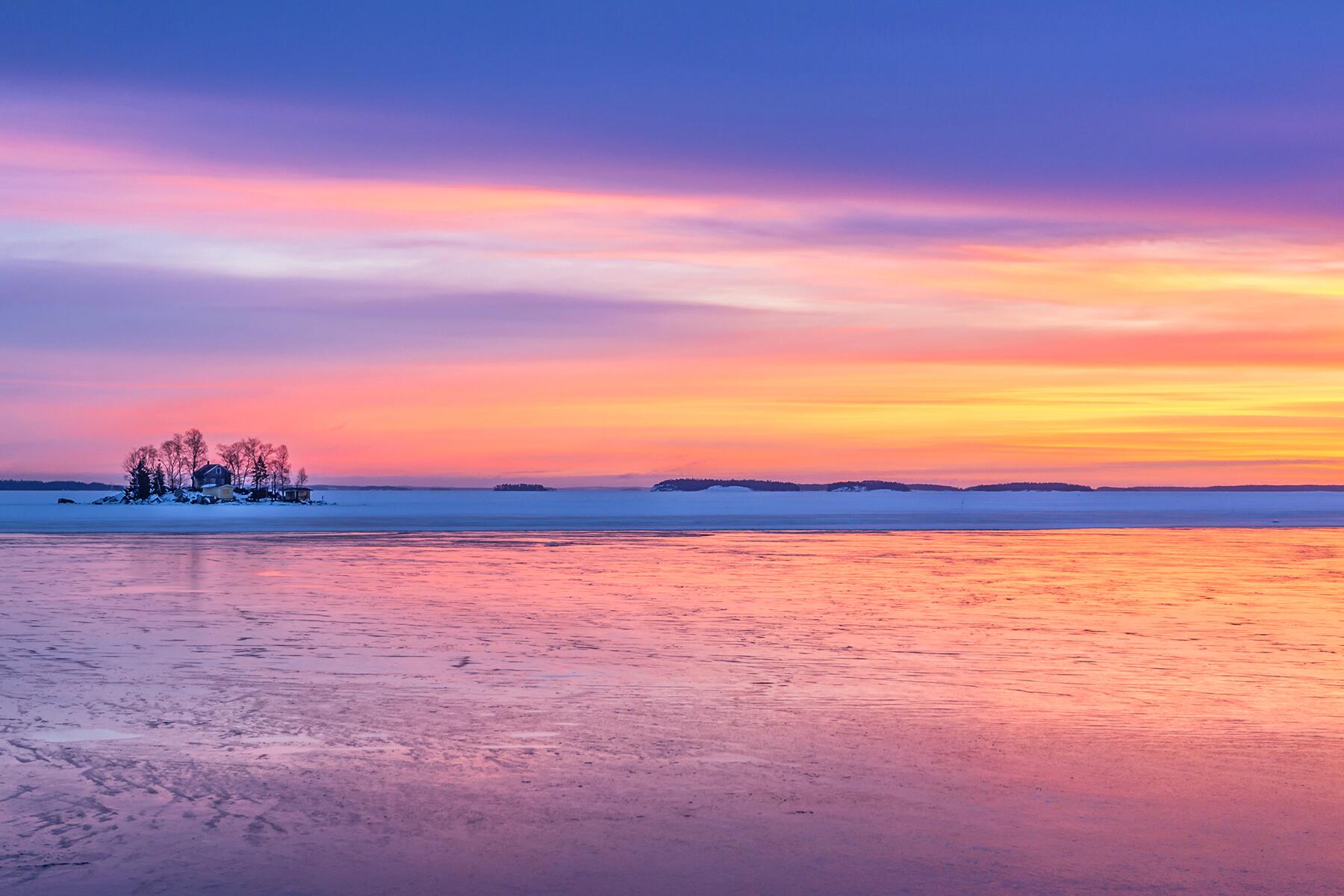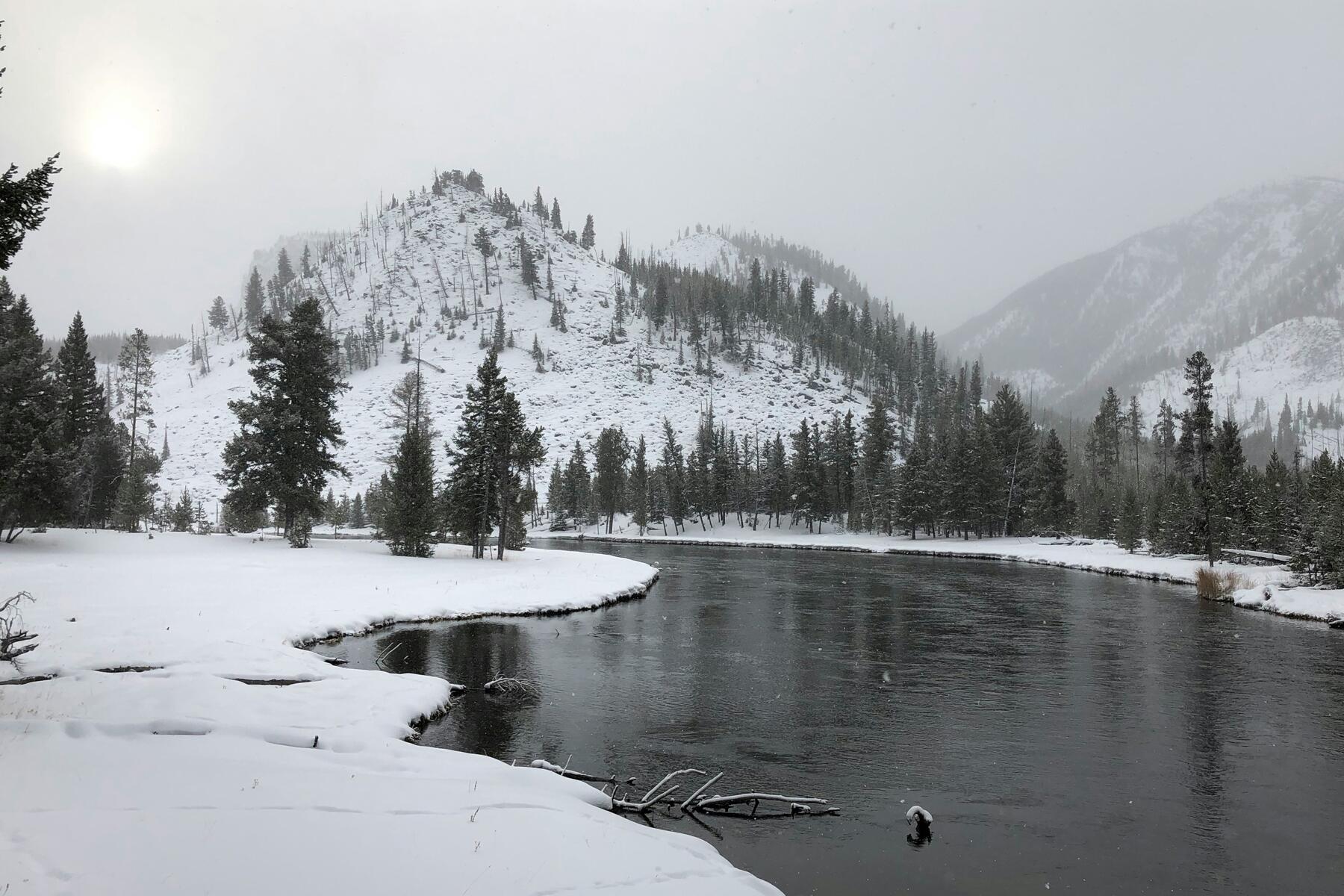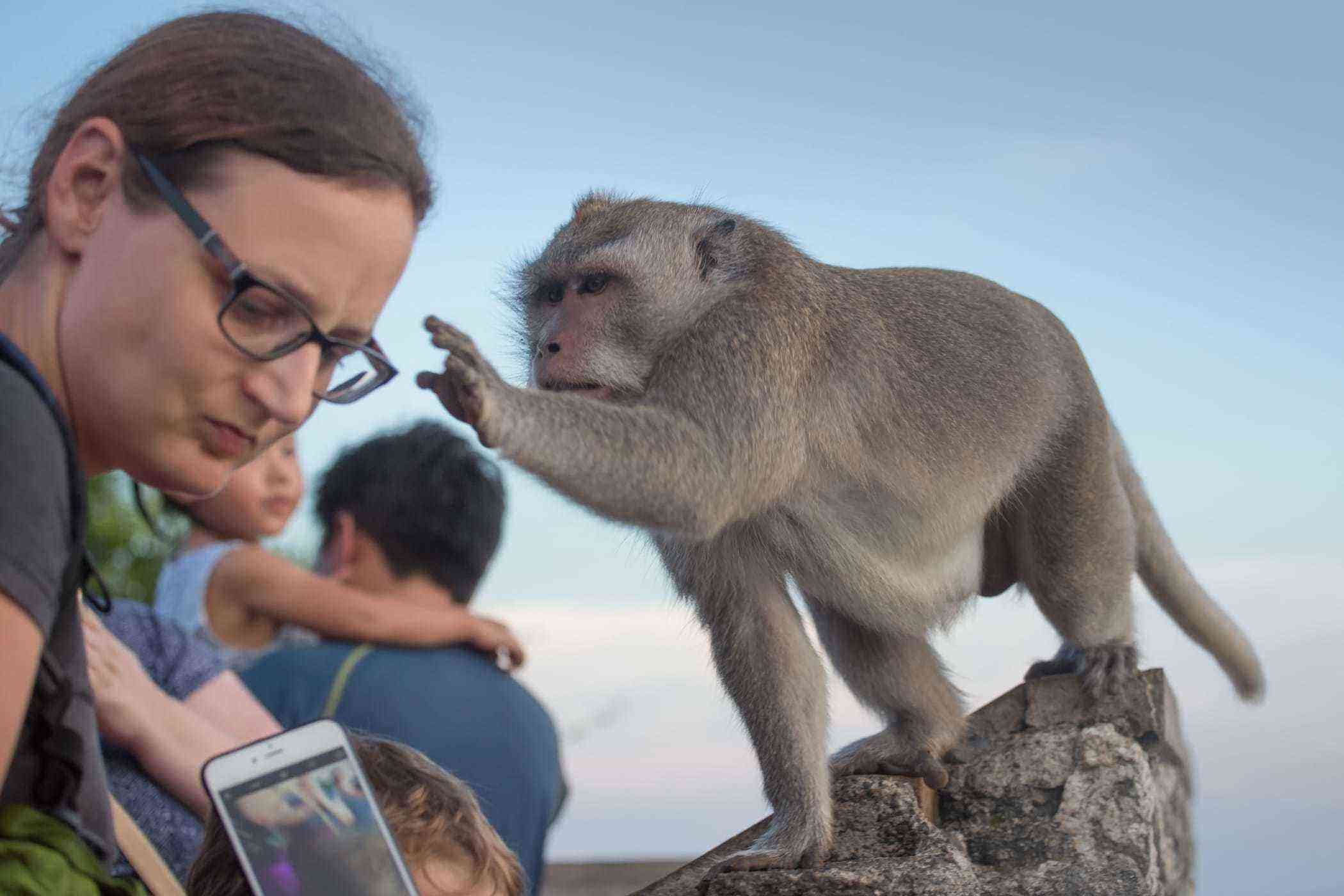Where to go if you'd like to get bullied by some monkeys.
The Planet of the Apes (both the 1968 original and all the various reboots, reiterations, and spinoffs that followed) posits a strange and distant future where super-evolved apes supplant humanity as the Earth’s dominant species. But what at first blush looks like a bizarre and unlikely fantasy starts to seem more and more plausible when we see how monkeys across the globe are already getting humans to do their bidding. For now, that bidding is primarily snack-oriented, but whether their tactics involve concepts as nuanced as ransom or just plain physical force, the primates that dominate the seven following locations prove that The Planet of the Apes is far from science-fiction.





